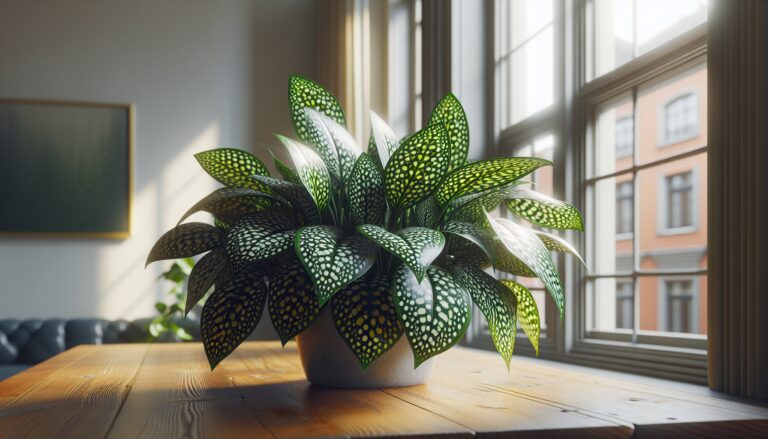Argomenti trattati
Understanding the polka dot plant
The polka dot plant, known scientifically as Hypoestes phyllostachya, is a charming houseplant that brings a splash of color to any indoor space. With its unique leaves adorned with vibrant splotches of pink, red, and white, this plant is not only visually appealing but also relatively easy to care for. Native to Madagascar, the polka dot plant thrives in warm, humid environments, making it a perfect addition to your home. However, to keep it looking its best, understanding its specific care requirements is essential.
Optimal growing conditions
To ensure your polka dot plant flourishes, it is crucial to provide the right growing conditions. This plant prefers rich, well-drained soil, such as a high-quality organic potting mix that includes perlite or coarse sand to enhance drainage. Additionally, the polka dot plant thrives in bright, indirect light. An east-facing window is ideal, as it offers gentle morning sunlight without the risk of scorching the leaves. Too much direct sunlight can lead to faded colors and sunburned foliage, so finding the right balance is key.
Watering and humidity needs
Watering is another critical aspect of polka dot plant care. The soil should be kept evenly moist but never soggy. It’s best to water the plant when the top inch of soil feels dry to the touch. During the warmer months, your plant may require more frequent watering, while in winter, it will need less as it enters a dormant phase. Additionally, maintaining humidity levels is vital for this tropical plant. If your home is dry, consider misting the leaves or placing a humidifier nearby to create a more favorable environment.
Propagation and maintenance tips
Propagation is a straightforward process for the polka dot plant, allowing you to create new plants from cuttings. To propagate, select a healthy stem and cut it just below a leaf node. Remove the lower leaves and place the cutting in water, ensuring the nodes are submerged. After a few weeks, roots will begin to develop, and you can transfer the cutting to soil once it reaches about an inch in length. Regular maintenance, such as pinching back leggy growth and removing any flowers, will encourage bushier growth and prolong the life of your plant.
Pest management and common issues
Like many houseplants, polka dot plants can be susceptible to pests such as aphids and mealybugs. Regularly inspect your plant for signs of infestation and treat any issues promptly with a mild soap solution. Overwatering can lead to root rot, while overly humid conditions may cause powdery mildew. To prevent these problems, ensure good air circulation around your plant and avoid wetting the leaves during watering.
Conclusion
With the right care and attention, your polka dot plant can thrive and bring joy to your indoor space for years to come. By understanding its needs for light, water, and humidity, as well as how to propagate and manage pests, you can enjoy the vibrant beauty of this delightful houseplant.

